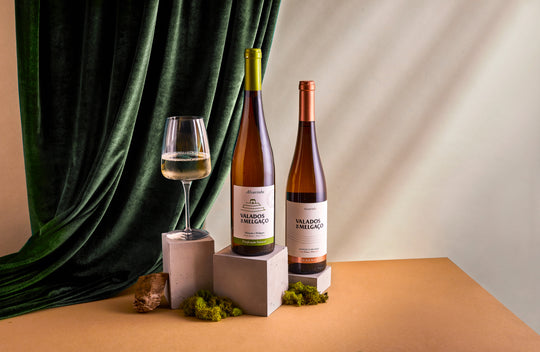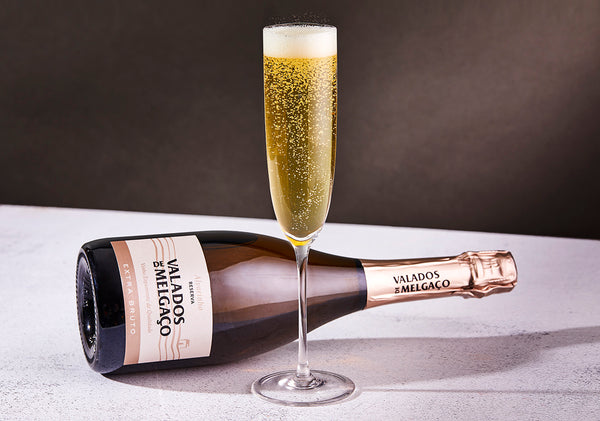Corks Matter; how Corks Affect Wine Storage and Aging

If it isn’t broke, don’t fix it. We often hear this for things that are the industry standard. Cork has been used as the standard bottle closure for over 300 years; though there are plenty of issues with it. Are synthetic closures the answer?
Natural Cork
Cork comes from the bark of an evergreen oak tree called Quercus suber. Once planted, it takes up to 40 years before commercially acceptable cork is produced. Cork has been the preferred substance for so long due to its ideal properties. A compound called suberin exists in the bark which helps to resist water; and over half of the cork’s volume is encapsulated air. This is what allows the cork to easily compress into the bottleneck, and then expand to create the necessary seal.
Cork Taint
The problem arises from a little mold by-product known as 2,4,6 trichloroanisole, or TCA. This compound causes wines to lose natural flavor components, being replaced by damp, earthy, or moldy aromas. The condition is known as cork taint; and is a large problem for winemakers, as anywhere from one to five percent of bottles are affected. An inexperienced wine consumer may simply think the brand is horrible – a major problem for high end brands.
Synthetic Corks
TCA and cork taint have inspired many winemakers to make the switch to synthetic corks. Synthetic corks are nowhere near as sustainable, as they are made from non-biodegradable materials and glues. For reducing cork rot and keeping the brand name intact though, synthetic corks do the job. They allow less air leakage than natural cork, and are most often found in wines that do not need to be aged past one year. Winemakers are still wary of using synthetic cork to seal wines which need bottle aging, like many red wines.
Other Closures
Somewhere between the realm of an all-natural cork and a synthetic one; there lie many various cork-like closures. Each type aims to serve a different purpose in bottling and solve problems winemakers face every day.
Multi-piece corks
These corks come from two or more large chunks of cork glued together to make one larger piece. Multi-piece corks serve a twofold purpose: they allow manufacturers to use up their scraps while also allowing for the corking of large bottles. A multi-piece cork would not be a good option for prolonged aging.
Colmated Corks
To reduce oxygen leakage while keeping the cork as natural as possible, collimated corks are used. The corks have a more refined, smooth look to them. Collimated corks easily glide out of bottles, as there is less tension created by the filled gaps in the cork. These corks are best for short to medium aging.
Agglomerated Corks
Essentially a mixture of small cork pieces and glue; an agglomerated cork is like the particle board of wine stoppers. They are cheap products, and very dense. This density means they do not form as well to the bottle neck; allowing more oxygen into the wine bottle. They should not be trusted with a wine that requires proper aging over one year.
Technical Corks
A technical cork is more of a maybe cork. As in “maybe it is cork, and maybe it isn’t.” A technical cork is essentially a plug made of agglomerated cork with real cork disks glued to either ends. In sparkling wine and bottles, this makes sense. The need for a larger cork to fit larger bottles makes agglomerated corks very useful; they can be made to any size. The disks of real cork are added to help create a proper seal.
Screw Caps
Some winemakers have even rid their bottles of cork altogether! A screw cap may seem like a closure saved for only gas station wines; but even high quality wineries are looking to screw caps as a way to avoid cork rot altogether.
You may find any one of these caps on a bottle of wine; and now you know why! As a consumer, do any of these closure types turn you off? Tell us about it in the comments below.












